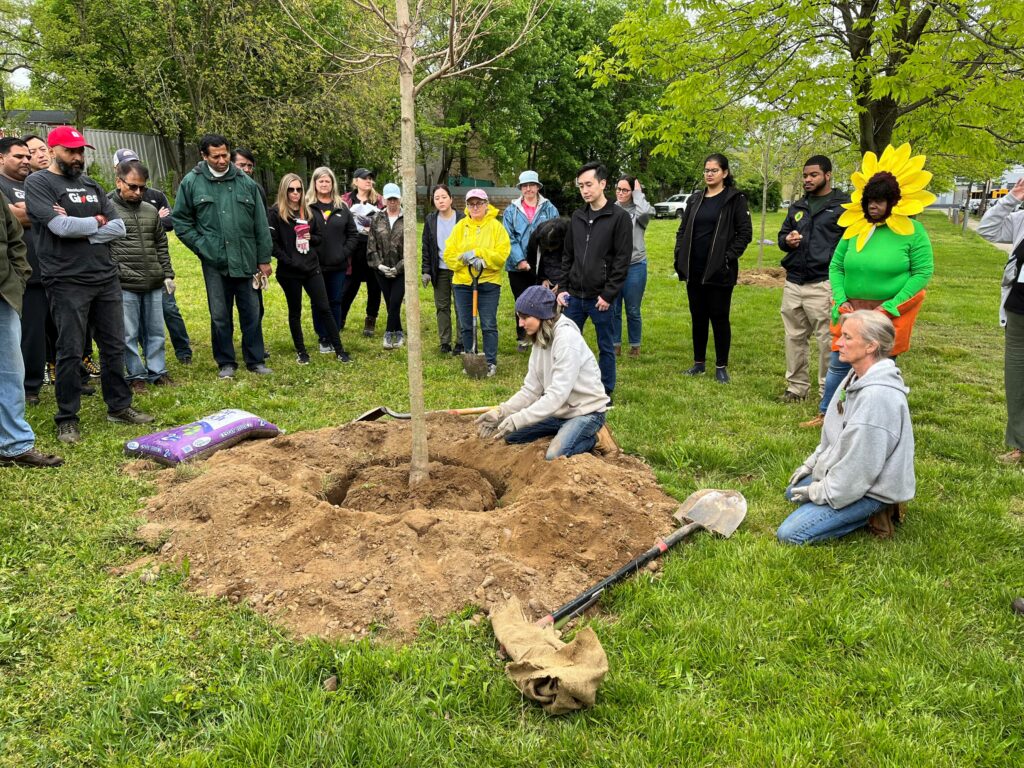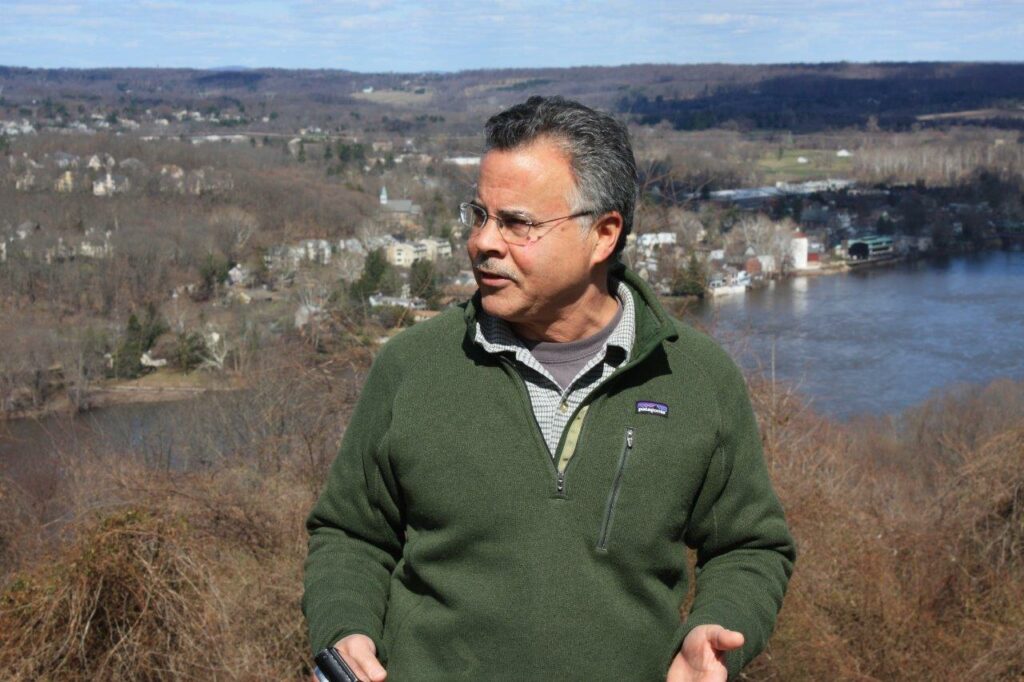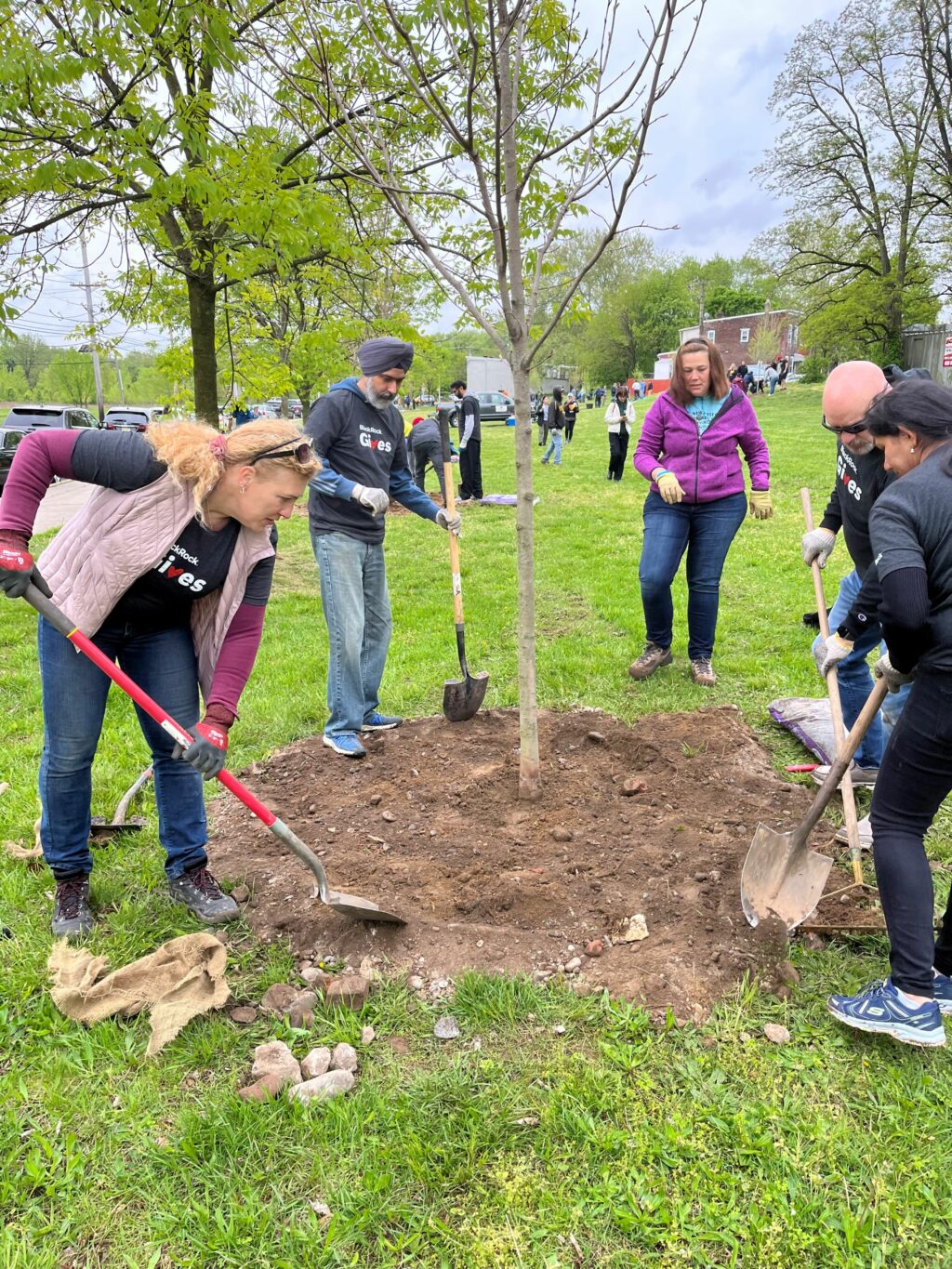

This story was produced in collaboration with CivicStory and the NJ Sustainability Reporting project.
CAMDEN — Christoff Lindsey remembers growing up in Camden in the 1960s when, even though there were not a lot of trees in the city, residents could easily find at least a few on each neighborhood block.
Those days are long gone, replaced by concrete and asphalt, typical of many urban settings where the natural and comfortable canopy shade of such trees essentially disappeared. But new efforts by conservationists, filled with the urgency to make these cities and the people who live in them healthier, are planting trees in Camden, with the help of Lindsey.
“It’s what I grew up with,” Lindsey, a third-generation community gardener in South Camden, told Front Runner New Jersey.com recently. “I’m a child of the 60s and where maybe we didn’t a line of trees, you could find three, four, maybe five on each side of your block.
“Trees give you a sense of security because they’re a permanent fixture. And if you planted it, oh my God, it’s practically family,” Lindsey said with a laugh.
The New Jersey Conservation Foundation recently received more than $1.3 million in state grant funding to plant trees and cultivate green spaces in what are called “overburdened communities.”

Christoff Lindsey. Photo courtesy of Christoff Lindsey
Jay Watson, the co-executive director of the foundation, said in the face of climate change that has allowed temperatures to get warmer and warmer, trees are more vital than ever in such locations.
Urban areas that lack trees are much hotter than suburban areas with a plethora of tree canopy space. Those high temperatures bring with them a host of health issues for those living in these cities, which are mostly people of color.

Jay Watson, co-director of the New Jersey Conservation Foundation. Photo courtesy of NJ Conservation Foundation
“We are very much interested in trying to reforest our cities,” Watson told Front Runner New Jersey. “We know all the clear benefits of having green coverage and green canopies in our cities. We know what it means, particularly as it relates to a warming climate and all the implications to urban areas and communities of color in particular.
“We want to bring our organization’s resources and commitment to make sure that we can help mitigate some of those ill effects of climate change and just make the quality of life better for communities.”
Many of New Jersey’s low-income communities and communities of color have suffered from a disproportionate number of environmental and public health stressors — such as pollution from industrial, commercial and governmental sources.
On top of that, the same communities often lack important environmental benefits, such as quality green and open spaces, sufficient tree canopy, infrastructure maintenance and adequate stormwater management.

Volunteers plant trees in Trenton during Arbor Day in April. Photo courtesy of New Jersey Conservation Foundation
Lindsey said while trees are hardly the only solution, they are an important start and a step forward in these neighborhoods. He has been working with the New Jersey Tree Foundation and counts its director Lisa Simms as a personal friend.
A growing number of trees have been planted annually in recent years — small numbers for some, but for Lindsey, who has been involved in planting trees since 2007, and his neighbors in Camden, each planting presents a sea change in livability.
Tree canopies offer numerous physical and mental health benefits, such as reducing urban heat, and soaking up harmful greenhouse gases like carbon dioxide, along with other quality-of-life advantages.
“You don’t plant a tree in the summer. You have to plant them in the spring and fall,” said Lindsey, who said thousands of trees have now been planted in Camden since his involvement. “I had the dubious distinction of being one of their so-called ‘super volunteers.’ I was so involved that they actually hired me at one point.
“Of course, trees make such a difference in your property value, water filtration, shade and an increase of wildlife in your neighborhood. Just the ambiance of having trees in your neighborhood creates a calming effect over time.”
The State of New Jersey, under Gov. Phil Murphy, recently awarded the national nonprofit Trust for Public Land more than $1 million to plant trees in Camden, including at Reverend Evers Park in Morgan Village.
The trust’s Camden program director Justin Dennis told WHYY-FM in February that the effort could boost interest among the residents about the environment.

Trees lining a street in Camden planted over recent years. Photo courtesy of Christoff Lindsey
“We want to make sure that as this process is happening, there are strong opportunities for input, where residents can see what trees will look like as juveniles, as they mature, the ways that the trees look in fall and spring, the ways that they flower, have opportunities to ask questions about allergies, pollutant load, and asthma,” Dennis said at the time.
Lindsey said he believes things go in cycles, and as Camden appears to be on an improved economic trend, he believes more people will sound off and push for more green space and trees, which will continue to improve the quality of life there.
“Camden had its heyday when it was booming and then it had its downturn,” Lindsey said. “Now Camden is having somewhat of a renaissance of sorts. More importantly, the political will is here now.
“You can’t make more land, so you have to take care of what you got. The most undeveloped and underutilized land is now in urban centers, especially older urban centers. The time is now and we have a chance for everyone to do the right thing.”
This story was produced in collaboration with CivicStory and the NJ Sustainability Reporting project.
